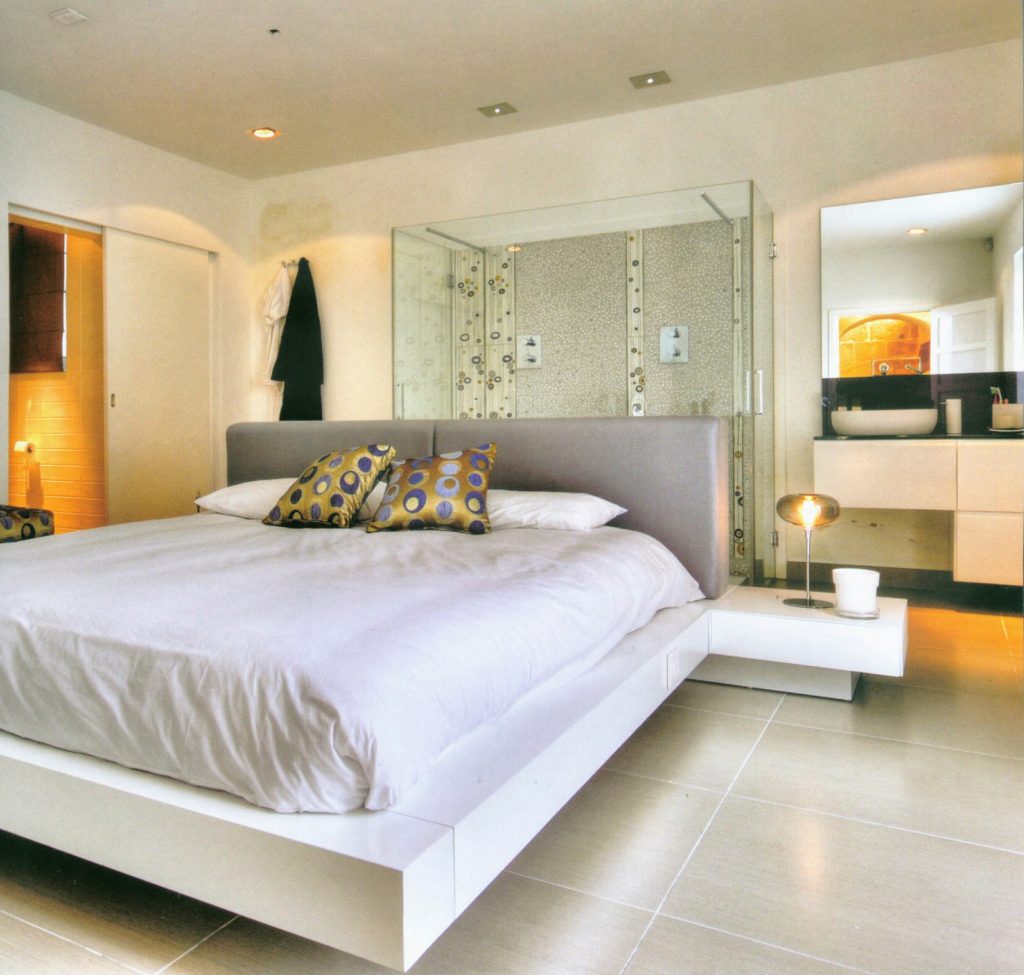Office Spaces Supplement
How to create the right working environment through design.
Office spaces have come a long way since the invention of solitary self contained cubicle design. It is now recognized not merely as a matter of pure function, a desk, chair and storage but has become a creative environment for those who occupy the space. The office concept has been turned into something that can potentially become a clever marketing tool and powerful branding opportunity.
1. What are the main considerations when designing an office space?
Solutions to the company office space are very much individual and there is no one formula fits all. The 90’s saw a complete opposite reaction to the monotonous cubicle space and the popularity of the open space plan and hot desking. The intention was to increase creativity and interaction between the users. The dynamic it creates does not work for all as some are limiting their actions as they may not feel free to talk with each other or laugh without disturbing others occupying the space. Instead the design approach should be one that embraces differentiation and flexibility by accepting that people are individuals and this is a positive that should be emphasized. Respect for individuality leads to motivation and creativity. The first steps would call for getting to know the organization and the people that inhibit the space. Each person is an expert at what he does so the benefits of understanding the work process will play a vital role in terms of successful design.
2. Do office design considerations depend on the main functions of the same office?
I would not say that office design is dependent on the main functions of the office. These main functions which might include working, meeting, relaxation, storage will of course be satisfied but are not the leading force behind design. The office design should act as a tool to that goes beyond the main functions and fulfills both the need of the end user and ultimately that of the company.
3. How can work and relaxation areas be integrated together?
Work and play go hand in hand as creative work cannot exist without play. The perception of work should not be one of imprisonment and strict uniformity. On the contrary recreation can be used to motivate and nurture talent. This can be done through several company policies as well as through the office design. Spaces should be designated to offer the opportunity to communicate with your peers. For example placing seating next to a kitchenette will encourage interaction and long term people get to know one another making the workplace a pleasant place to be.
4. How can technology (including issues such as cable management) be integrated in office design?
This is a question of planning a thorough electrical plan which includes all outlets needed. The requirements would vary depending on scale and individual needs. A commonly used approach is a perimeter trunking that houses the wiring neatly within a chasing. Floor boxes, integrated wiring in desks and careful positioning all contribute towards keeping a wire free zone. This way you have a flexible system that is readily available to accommodate your changing needs.
5. What role do colours and textures play in effective office design?
Colour within office space is a new field of study. Before offices were painted in dull grey as this was not disliked by anyone so it was the safe option at the risk of being monotone and boring. Colour can be highly personal but some studies show that blue within the working environment is said to induce creativity and red is best when used when detail oriented tasks are being carried out, perhaps as it keeps you alert and focused. When used together colour, texture and pattern can provide an overall stimulating environment.
6. How does good design contribute to an office’s overall green plan?
This can be done through the materials used, selecting non toxic, solvent free and responsibly produced products. As with other interiors, heating and cooling using sustainable methods plays a key role. Taking into consideration the orientation of each space to maximize on daylight and decrease the number of hours artificial lighting is needed.
7. Overall, how does effective office design contribute to productivity and well-being at the office?
Office design correctly implemented can promote motivation, creativity and spending longer hours at work. A creative space cannot make a person become creative but if you do not change the space people do not change their behavior. It can also prove to be a magnet for creative talent, as creativity seeks a likeminded environment. So office design can be used to inspire, just as a page turning coffee table book.
Davina Preca BA(Hons) Interior Architecture & Design, UK



